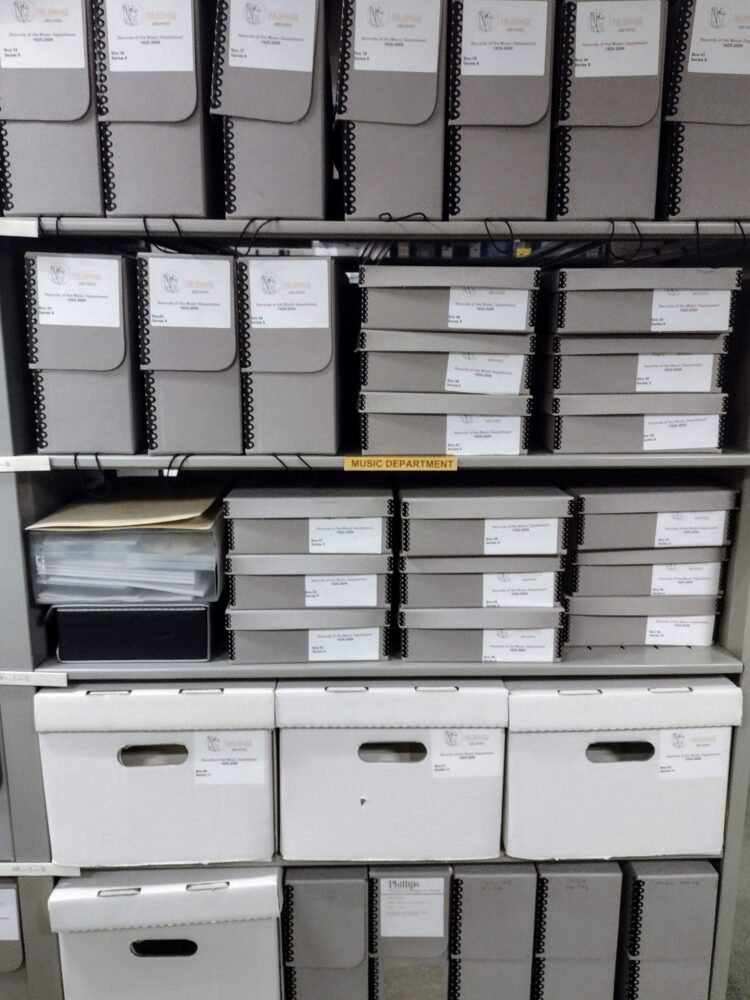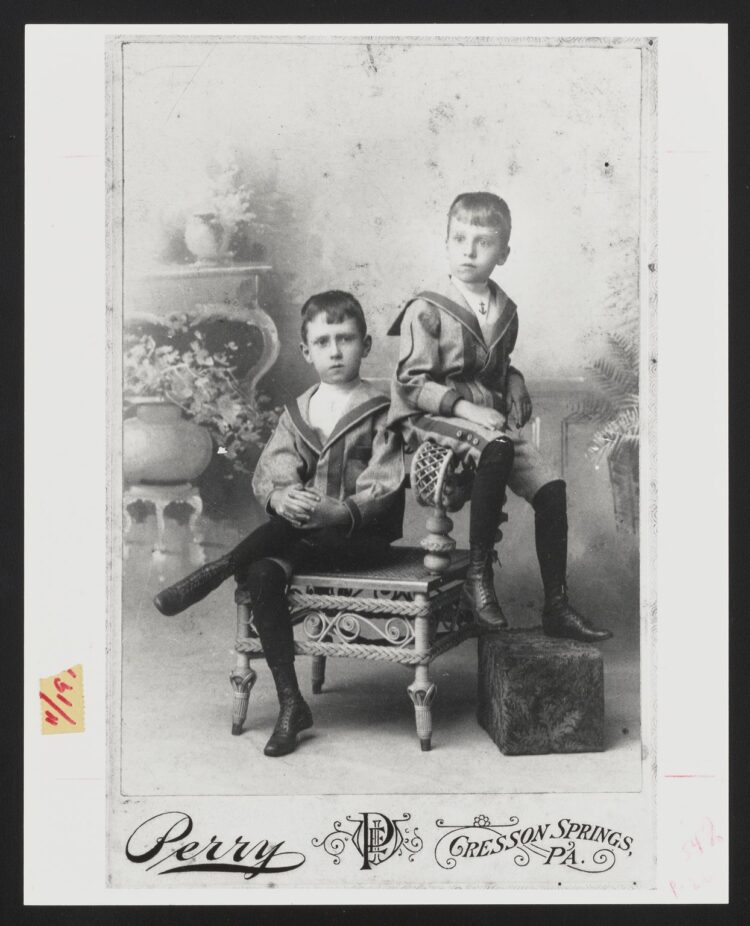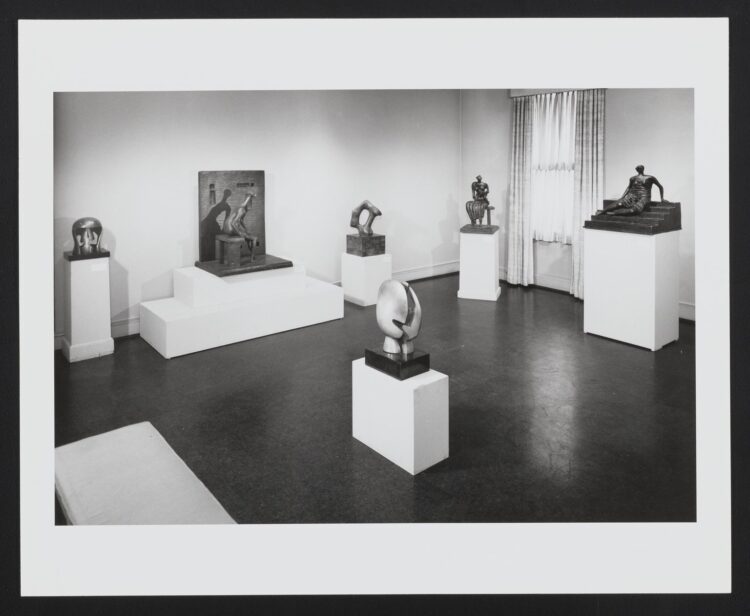In this series, Phillips Manager, Archives and Library Resources Juli Folk and Digital Assets Librarian Rachel Jacobson explain the ins and outs of how archives work.
It’s usually fair to say that the average person is more familiar with libraries than archives. If that is the case for you, here are some helpful distinctions aimed at enhancing your next visit to The Phillips Collection Library & Archives.
Libraries hold published books and materials, which are secondary sources that were consciously created and intended to be distributed for review. Books are collected and circulated through libraries as individual items and are cataloged and organized according to standards that have been well-established for hundreds of years.
Archives are different in that they are made up of primary-source materials that were created over the course of normal daily business and life. Archival materials can include receipts, correspondence, photographs, ledgers, digital media, and related ephemera. In order to maintain their context, archival items are classified in aggregate as “collections,” instead of as standalone items.
The Phillips Collection Library & Archives holds numerous collections that include materials documenting the inner workings of the museum. Some items that may have seemed run of the mill at the time have since become treasures. For example, this undated handwritten note was left for Duncan Phillips at the front desk of the museum by Georgia O’Keeffe during one of her visits.
There are a variety of different kinds of archival collections. For example, institutional departmental collections manage and preserve the records of the business or institution. These collections exist to serve the needs of researchers and staff members, to document historical discussion and decisions over time, and to support strategic institutional goals. Two examples of these types of collections in our archive are the Records of the Music Department and the Exhibition History Records.
The Records of the Music Department consist of materials dated from 1925 and include correspondence, press clippings and reviews, photographs, concert programs, serial publications, pamphlets, press releases, and other ephemera pertaining to concerts and performers.

Archival boxes housing the Music Department records are organized chronologically, ready for research. Courtesy of The Phillips Collection Library & Archives
Exhibition History records are dated from the early 1900s and contain material that was created and collected by the Curatorial Department to support activities related to the research, planning, preparation, logistics, and catalogue for individual shows. The collections include articles, brochures, catalogues, checklists, correspondence, and reviews.
Photograph collections are compiled or created by individuals, families, or organizations and are preserved for their enduring evidentiary value and context. Our recently digitized Historic Photographs Collection is arranged chronologically with items that date from the late 1800s. The collection includes images of the museum building interior and exterior, the immediate and extended families of Duncan and Marjorie Phillips, art exhibitions, notable visitors, special events, and construction projects. The materials are in a variety of formats and sizes, with both color and black-and-white prints. This collection will be available digitally soon!

Duncan Phillips (left) and his younger brother Jim Phillips in the late 1800s. Courtesy of The Phillips Collection Library & Archives

Annex installation from the 1960s exhibition Sculpture Seen Anew: The Bronze Age to Brancusi, including works by Constantin Brancusi and Henry Moore. Courtesy of The Phillips Collection Library & Archives
Stay tuned for the next post in this series, which will focus on Archival Processing to describe the steps we take to make our collections more accessible and useful to researchers.

So we’ll written and informative. Staying tuned for future postings.